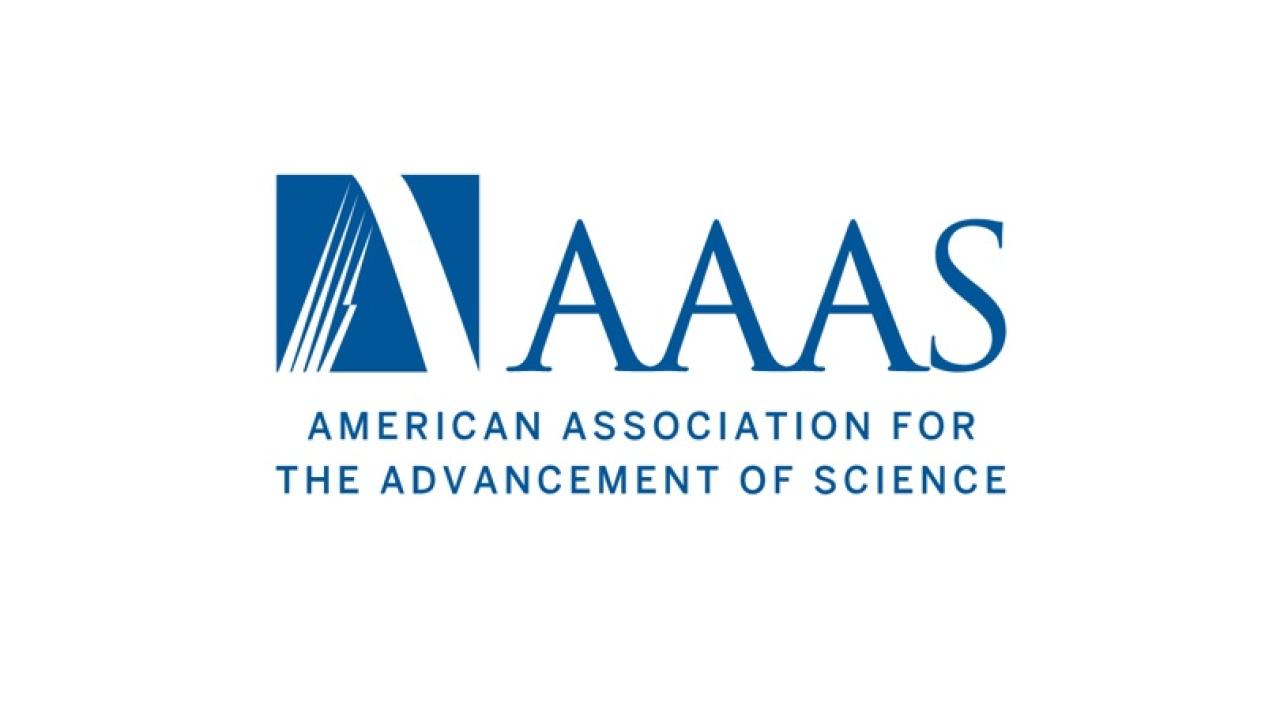
Professor Rajeevan Amirtharajah Elected Fellow of the American Association for the Advancement of Science
We are delighted to report Professor Rajeevan Amirtharajah was elected Fellow of the American Association for the Advancement of Science (AAAS). This distinction rewards Prof. Amirtharajah’s contributions to the field of electronics design and engineering, particularly for developing integrated circuits and embedded systems that harvest energy from the environment.
“I am very grateful to the association for this very prestigious honor. Being elected an AAAS Fellow is not only a recognition of past accomplishments, but also motivates me to continue letting my curiosity guide me in selecting challenging research problems within electrical engineering and across multiple disciplines,” Amirtharajah said.
Founded in 1848 on the basis of creating a national scientific community, the AAAS strives to “advance science, engineering, and innovation throughout the world for the benefit of all people.” Amritharajah is among 443 new fellows elected this year. The new fellows will be formally recognized Feb. 15 at the AAAS annual meeting, to be held next year in Seattle.
“My parents encouraged me at a young age to pursue my interests in science, math, and engineering. Like most engineers, I got my start with toys: LEGOs, a chemistry set, microscope, an electronics kit with a crystal radio, etc.,” Amirtharajah said. “We got our first personal computer when I was about 9, and then I started programming. I had many supportive teachers in junior high and high school as well, who encouraged me to participate in science fairs and math competitions.”
Prof. Amirtharajah’s research interests include low power VLSI design for sensor applications and embedded systems, powering systems from ambient energy sources, and high performance circuit and interconnect design. He received the National Science Foundation CAREER award in 2006. Recently, his group has been working to incorporate energy harvesting into wearable devices.
“My doctoral student Son Nguyen has published several recent papers on an energy harvesting necklace that can be used to charge a personal activity monitor worn as a pendant. A recent version of the necklace incorporates an antenna that receives radio frequency energy and a piezoelectric thin film that converts vibrations to electrical energy,” Amirtharajah said. “We also developed an integrated circuit that combines both of these energy sources to produce a stable power supply for charging the activity monitor or powering any other device.”

